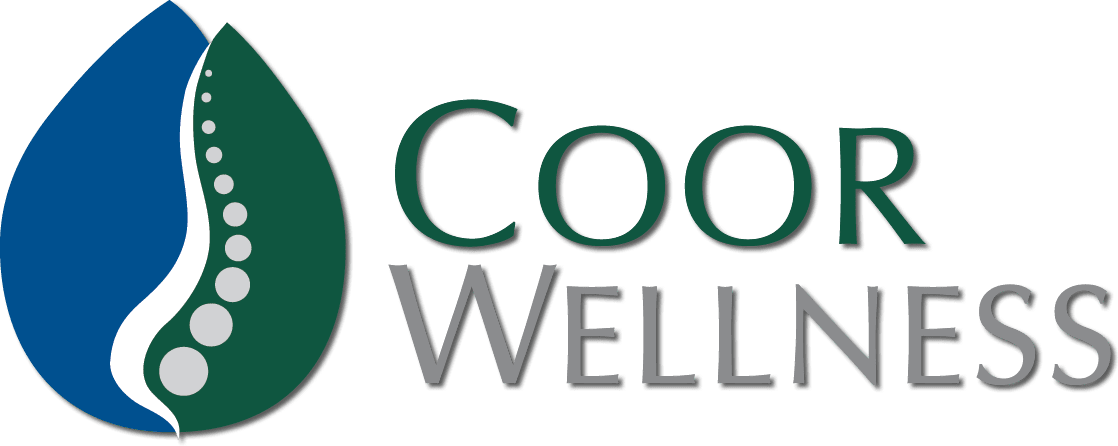Muscular Strength and Power
An adequate amount of muscular strength and power are essential for completion of daily and social activities. The definition of power is the force created by a rapid movement. For example, getting off a chair. Strength is the amount of force produced by a single maximum contraction. Strength is used in walking and climbing stairs. As we age, we naturally lose both muscular strength and power, but we tend to lose power more rapidly after 30 years of age. Maintaining a healthy muscular balance keeps the individual physically active and socially engaged.
FITT Principle
The FITT Principle is an acronym that stands for Frequency, Intensity, Time and Type
- Frequency is measured by the number of days each week.
- Intensity can be categorized as low, moderate, or high intensity.
- Time refers to what kind of day you exercise and how long each session lasts
- Type refers to what kind of exercise is performed. Examples of different activities include cardio, strength training, or power training.
A frequently asked question is, “How much exercise should I do a week?” The American College of Sports Medicine and American Heart Association recommend 30 minutes of moderate- intensity physical activity at least 3 days a week, or 20 minutes of vigorous- intensity physical activity at least 5 days a week. This sets a baseline of intensity and frequency for physical activity. The next step is finding a consistent time every day that works for you. It may be before breakfast, during the lunch hour, or after dinner, but it depends on your preference.
Improving Strength
Enhancing muscular strength goes beyond going to the gym; it also improves doing chores and recreational activities. Hill walking, yoga, dancing, and heavy gardening (shoveling) benefits strength too.
Improving Power
Lifting weights for power resistance training, the individual can perform the weight lift as rapidly as possible. Stair-climbing and walking for speed are ideal exercises, which can also help reduce the risk of falling. Training for power also improves strength, but training for strength does not improve power. We lose more power over time than we do strength, which means that it is more important to train power than to train strength.
The saying, “use it, or lose it” applies to each individual no matter what age they are, but it especially becomes more relevant as we approach 70 years of age. Muscular training, both resistance training for strength and resistance training for power, benefit the body by enhancing different muscles used in daily and recreational activities. Physical activity is important in staying active for health and household duties, so it is important to move, and be creative in doing so!
What’s Next?
If you’re about to start a fitness program we recommend starting a Functional Movement Screen (FMS). The FMS is a tool many professional, Olympic and college athletic programs and by fitness professionals use when initiating a strength program. The FMS will help you start finding areas in your body to add mobility and stability, two important ingredients to a successful fitness program. You can schedule an FMS by clicking here.
Then, when you’re ready to improve your strength and power we highly recommend you hire a fitness professional or personal trainer. The benefits will pay for themselves.
 Author
Author
The author of this is article is COOR Wellness intern, Danielle Sierra. Danielle graduated from Colorado Mesa University, located in Grand Junction. She dreams of using her Exercise Science degree to serve disabled veterans.

